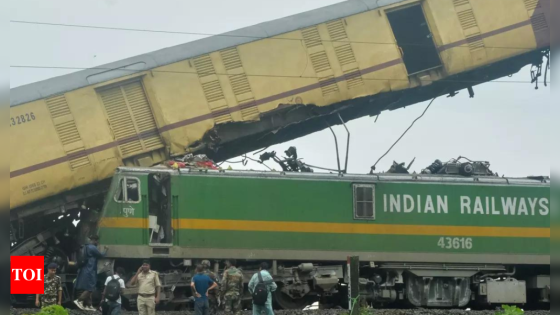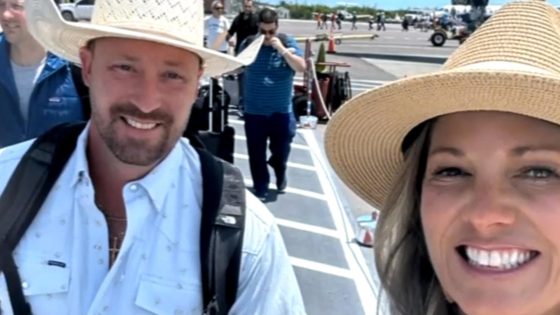NEW DELHI: Contrary to earlier media reports that the loco pilot of goods train involved in the fatal train crash in Darjeeling had got the authority to cross the signals during a defect in the automatic signalling system, railway ministry officials said the deceased driver did not follow norms and speed restriction. They cited the provision which mandates the loco pilots to stop at red signal for one minute and proceed at not more than 15 kmph.
The authority letter, which was issued to all the trains that ran during the defect in the automatic signalling system, mentioned, “When encountering an automatic signal at ‘ON’ aspect and after waiting for the prescribed time, loco pilot should proceed with great caution at a speed not exceeding 15 kmph where visibility is good and not exceeding 10 kmph where visibility is not good until the next Stop signal, looking out for any possible obstruction and be prepared to stop short of the same.”
Officials said though the goods train driver was authorised to cross all red signals between Ranipatra Railway Station (RNI) and Chattar Hat Junction (CAT) as the automatic signalling system was “defective”, the train’s speed was above the permissible limit.
The detailed investigation into the crash will reveal at what speed the goods train was travelling on this section when the accident took place.
Railway Board officials said while the driver of Kanchanjunga Express adhered to the speed norms and stopped at all red signals for one minute, the driver of the goods train did not follow the norms and hit the stationary passenger train from behind.
Sources also said that at least four trains had passed the signal before the goods train and they had followed the norms. “In this case, it seems the pilot did not slow down at the signal,” a source said.
V Balachandran, central organising secretary of the All-India Loco Running Staff Association, said that until the Commissioner of Railway Safety’s report or the departmental fact-finding inquiry came to a conclusion, it was not advisable to put the blame on anyone.
The authority letter, which was issued to all the trains that ran during the defect in the automatic signalling system, mentioned, “When encountering an automatic signal at ‘ON’ aspect and after waiting for the prescribed time, loco pilot should proceed with great caution at a speed not exceeding 15 kmph where visibility is good and not exceeding 10 kmph where visibility is not good until the next Stop signal, looking out for any possible obstruction and be prepared to stop short of the same.”
Officials said though the goods train driver was authorised to cross all red signals between Ranipatra Railway Station (RNI) and Chattar Hat Junction (CAT) as the automatic signalling system was “defective”, the train’s speed was above the permissible limit.
The detailed investigation into the crash will reveal at what speed the goods train was travelling on this section when the accident took place.
Railway Board officials said while the driver of Kanchanjunga Express adhered to the speed norms and stopped at all red signals for one minute, the driver of the goods train did not follow the norms and hit the stationary passenger train from behind.
Sources also said that at least four trains had passed the signal before the goods train and they had followed the norms. “In this case, it seems the pilot did not slow down at the signal,” a source said.
V Balachandran, central organising secretary of the All-India Loco Running Staff Association, said that until the Commissioner of Railway Safety’s report or the departmental fact-finding inquiry came to a conclusion, it was not advisable to put the blame on anyone.
Source Agencies


